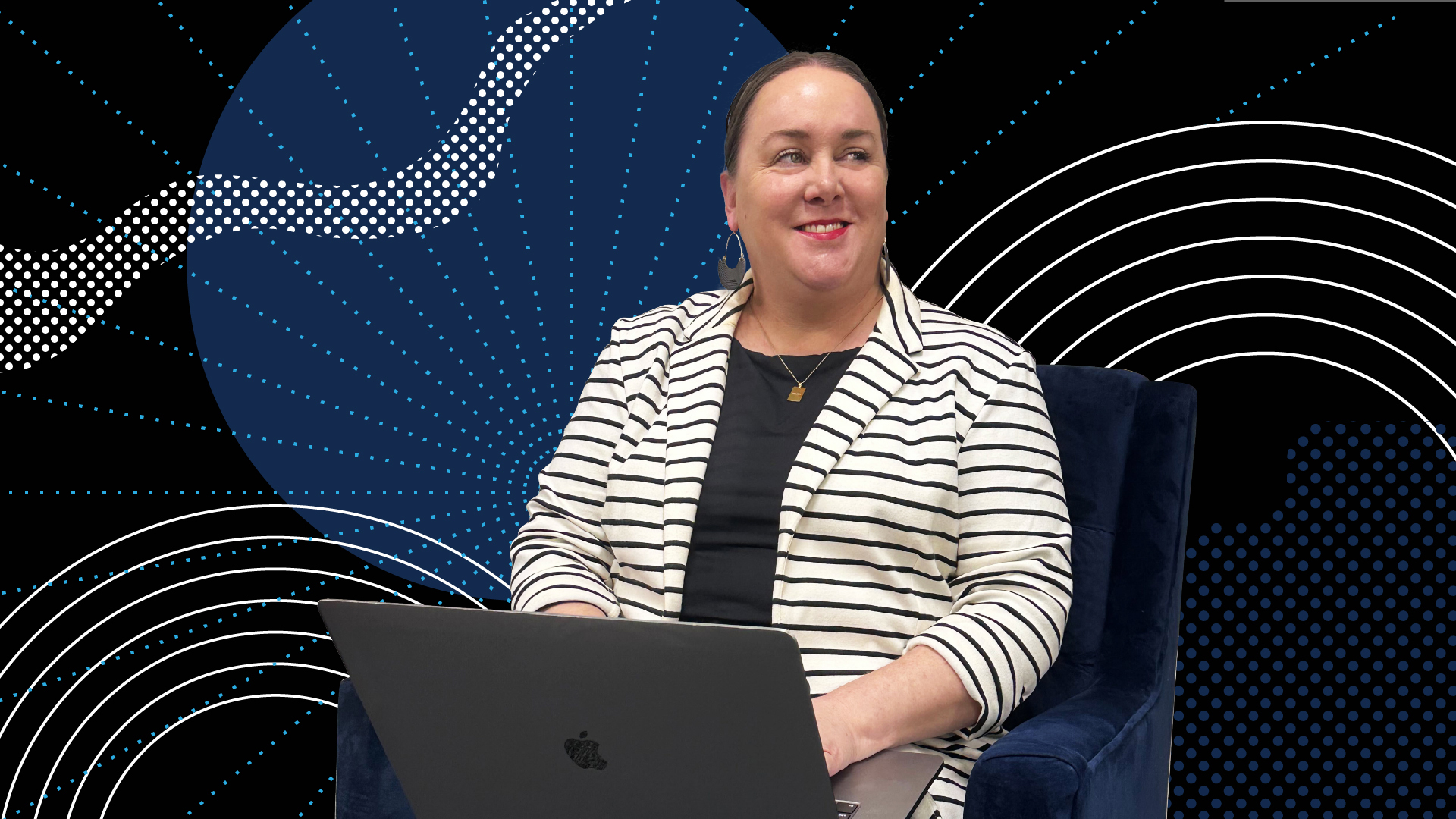Today, conversations about affordable housing and homelessness dominate headlines. And it makes sense. Nationwide, nearly 21.6 million renters (more than half of all renters) are now considered “cost-burdened,” spending at least 30 percent of their incomes on housing, according to a Harvard Joint Center for Housing Studies report. This is a 1.2 million increase in cost-burdened renters since 2021.
Solutions for solving homelessness and the affordable housing crisis are challenging and expensive. Often, the best solutions—increasing mental health services, boosting multi-family buildings, and adding countless new shelters in neighborhoods that don’t want them—are outside the scope of work for most organizations working on the issues.
Still, with no relief in sight, people are getting angrier and more frustrated, seeing the institutions they’ve turned to in the past as less deserving of their trust and support.
Housing authorities are one such institution struggling with community perception. They are seeing increasing resentment from residents, questions about their authority in the communities they serve, and even political scapegoating relating to resource allocation and lack of progress on these issues in communities. Yet, the work they do is focused on solving the one of the biggest issues causing a community’s stress: safeguarding affordable housing for residents and ensuring those most in need have access to it.
So, how do housing authorities flip the script to position themselves as good financial stewards for the community, making strategic decisions that benefit residents and the regions they serve?
From a marketing and communications perspective, organizations often revise their foundational branding elements like logos, websites, social media, marketing materials, and events. And while these should be built into the strategy, they are tools, not strategies themselves.
To be successful in the long term, you must position your housing authority to align its goals with the interests and concerns of its community. Doing this ensures internal teams are clear on their roles and responsibilities, creating efficiencies in time and spending and decreasing frustrations and work silos. It also provides key community leaders, influencers, and partners with a clear understanding about the importance of your work and the successes it creates for the people they care about and serve. Finally, it can clarify how housing authorities are an essential resource for residents working to improve their lives, positioning you as valued partners in finding solutions to their housing struggles.
The first step in community positioning is to understand any mistrust or anger affecting your work and constituents. This means asking residents, team members, partners, and stakeholders:
- What is and isn’t working, and for how long?
- What do they believe about the organization—right or wrong?
- What other community factors affect the organization’s success?
Once you know these answers, you can create a positioning strategy that outlines how to:
- Redefine or reinvigorate your mission so priorities and team members are appropriately focused.
- Create clarity around complexity, removing confusion for constituents—and team members—about the work and its impact.
- Understand your “permission space,” the online and real-world channels, places, times, and relationships audiences are open to engaging with you, which helps build stronger, more positive relationships in the long run.
- Identify gaps and growth opportunities (and messaging around them) for delivering meaningful services, experiences, and products.
- Find places to become a thought leader or influencer in the community, leading conversations and solutions related to affordable housing.
- Define clear roles and responsibilities amongst leadership and team members as they communicate with the community regarding their needs, concerns, and successes.
- Capture authentic stories and benefit metrics that demonstrate the organization’s positive impact on residents’ lives.
- Keep stakeholders, community influencers, and other oversight authorities up-to-date about your progress and how they can support the work.
This framework creates a clear pathway for using your existing brand tools and organizational resources efficiently and effectively. It also helps position your housing authority as a critical community asset, working to alleviate the pain of residents and contributing to happier, healthier lives throughout your region.
We’re big believers in the power of community positioning for public-serving organizations.
Too often, these organizations struggle with awareness with those they serve, delivering essential services their constituents only notice when things go wrong.
By being proactive, we can align your interests and concerns with those of your community, addressing mistrust, fostering positive relationships, and ensuring you are seen as a vital community asset in the good times as well as the not so good ones.




